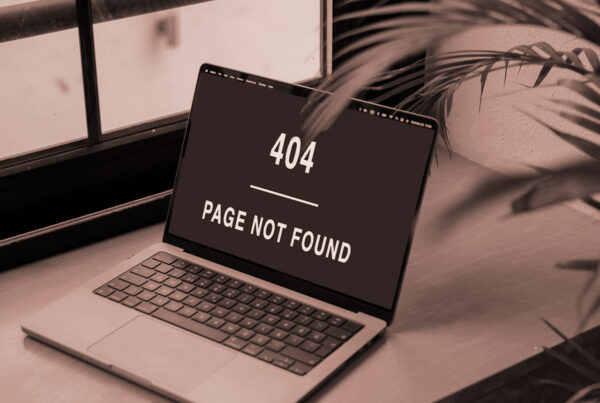How Proper Alt Tags Enhance Accessibility, SEO, and User Experience
In the ever-evolving world of web design, staying up-to-date with the latest best practices is essential. One of the timeless elements of web accessibility is the proper use of alt tags for images. In 2023, ensuring your website is accessible is not just a good practice; it’s a legal requirement in many regions. In this blog post, we’ll explore the importance of alt tags and how they can enhance accessibility, improve SEO, and boost user experience.
What Are Alt Tags?
Alt tags, short for alternative text or alt attributes, are snippets of text that describe the content and purpose of images on a web page. They play a crucial role in making websites accessible to people with visual impairments who rely on screen readers. These screen readers read aloud the alt text, providing a description of the image to the user.
Why Are Alt Tags Important?
1. Accessibility Compliance: In recent years, there has been a significant push towards digital accessibility, with many countries enacting laws and regulations requiring websites to be accessible. Properly written alt tags are a fundamental component of accessibility compliance.
2. Inclusivity: Making your website accessible ensures that everyone, regardless of their abilities, can access and interact with your content. It’s about inclusivity and equal access to information.
3. SEO Benefits: Alt tags aren’t just for accessibility; they also benefit your website’s search engine optimization (SEO). Search engines use alt tags to understand the content of images, which can improve your site’s rankings in search results.
How to Write Alt Tags
Writing effective alt tags follows these principles:
1. Keep It Descriptive: Describe the image’s content and purpose accurately but concisely.
2. Avoid Redundancy: Don’t repeat information that’s already in the surrounding text or context.
3. Use Keywords Sparingly: Include relevant keywords, but don’t overdo it.
4. Convey Function: If the image serves a function (e.g., a button), describe that function in the alt text.
5. Be Mindful of Decorative Images: For purely decorative images that don’t convey content or meaning, it’s best to leave the alt text empty or use a space (” “). This tells screen readers to ignore the image. Be cautious not to overuse this for images that have some meaning or context, even if they are decorative.
6. Keep It Short: Alt text should be brief, typically no longer than a sentence or a few words.
7. Test with Screen Readers: Ensure your alt text works effectively with screen readers by testing it.
8. HTML Implementation: Include alt attributes in your HTML image tags.
Here’s an example of HTML implementation:
<img src="image.jpg" alt="Descriptive alt text goes here">
Here’s an example of an alt description using this blog post’s image:
<img src="/image.jpg" alt="Person using a laptop to browse a website outdoors">
In this example, the `src` attribute specifies the image’s URL, and the `alt` attribute provides a concise description of the image, which is, “Person using a laptop to browse a website outdoors.” This alt text effectively describes the content and purpose of the image for accessibility.
In this alt text, I used “Person” to be more inclusive. This addition emphasizes the importance of inclusive language in alt tags, highlighting that it respects diversity and ensures accessibility for all users.
Consider Emoji and Symbols
If your image contains emojis or symbols that are relevant and contribute to the image’s meaning, include them in the alt text.
In Summary
Web accessibility is not just a trend but a necessity. Ensuring your website is accessible through proper alt tags benefits not only people with disabilities but also your site’s SEO and overall user experience. As a web designer, making accessibility a priority in your projects not only reflects your commitment to inclusivity but also ensures your clients’ websites are compliant with legal requirements and ready to reach a broader audience.
For more in-depth guidance on creating accessible images, including decision trees to help you make the right choices, visit the W3C Web Accessibility Initiative (WAI) tutorial on image accessibility.





